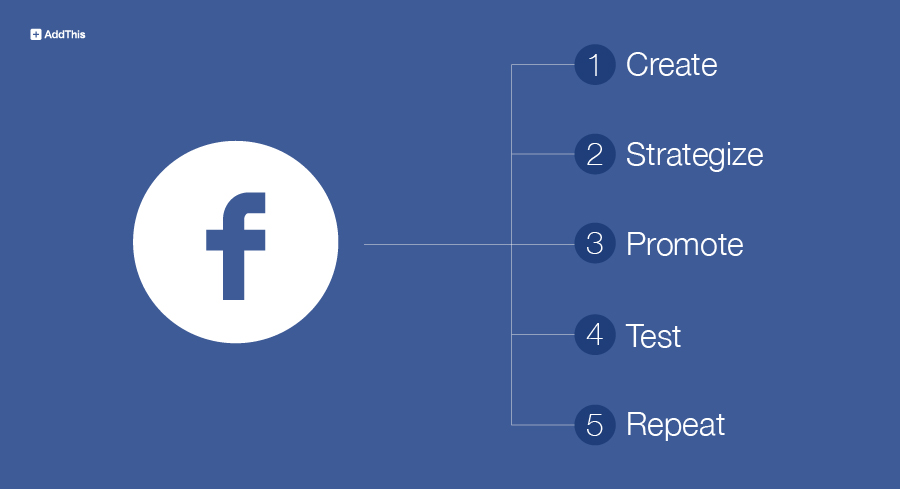Got a Facebook strategy ready to rock n’ roll in the new year? If
not, here’s a beginner’s guide for you to use as your stepping stone
into the world of Facebook marketing.
1. Create
This might be a “Duh!” point to be making, but lots of beginners tend to create personal profiles for their brand instead
of a Facebook Page. This is an old habit and an important one to break.
If you’re one of those website owners to manage a personal profile
instead of a Facebook Page, consider switching and starting off fresh in
2015. There are lots of benefits to managing a Page (aside from the
fact that using a profile for business is against Facebook’s terms of use) that can actually help you grow your business.
There’s also the question of whether you should have a Facebook Page
or a Group instead. Depending on what your goals are (which we’ll get to
in a second), you may want to explore these options and see which work best for you.
Facebook Pages are great for creating mass brand awareness, giving
Facebook users access to your brand almost as much as your website which
is where I’d recommend you start. And you can certainly have both!

2. Strategize
I made this #2 instead of #1 because I really want nothing to get in
the way of having you create a Facebook presence. Unless you know for a
fact that Facebook isn’t a good investment of your time (which you may
not know till you give it a try and check your AddThis analytics), it’s
good to start creating a community in one of the world’s top social
networks.
So what kinds of things do you want to think about when creating a
Facebook strategy? Well, honestly, there’s plenty. But boiling it down,
there are a few things you should think about first: 1) who is the
persona you’re targeting, 2) when they’re online
(i.e. clicking and sharing on Facebook), and 3) what type of
messaging/content your audience wants to see from you. Also think about
how you’re going to promote your new Facebook Page so you gain some
following. Speaking of which . . .
3. Promote
Just because you built it, doesn’t mean they’ll come without some spreading of the word. Add follow buttons
to your site and newsletter, and even ask your audience to Like your
Page. Word of mouth is also your friend, so encourage your audience to
spread the word, especially when you’re starting, and don’t be afraid to
reward them if you can. This is an easy ask, and one that many people
would be willing to help you with. And if you have some money, you can try paid promotions to get your Page out there.
Also think about targeting your website visitors to Like your new Facebook Page with Custom Messages.
You can set one of the rules to display a “Like Us on Facebook” message
to all your visitors coming from Facebook. How cool is that?!
4. Test
Building a community takes a lot of trial and error to get it right,
so it’s ok for there to be little engagement with your community in the
beginning. Now’s the time for you to test, regroup, and test again.
Watch out for active and passive feedback from your community. You can
ask them for feedback specifically, but also watch to see which posts
get the most engagement. Likes are a good signal, but comments and
shares are even stronger. You can even see how much they liked (or
disliked) your content by how many shares that page received. Your
AddThis analytics will tell you.
5. Repeat
Learning from your audience is a never-ending game—it shouldn’t be.
Your audience can change as your business changes, so once you find a
sweet spot with your crowd, don’t box yourself into a normal routine.
Always try new things, change it up, and see if your audience reacts
favorably. People love seeing new things from brands, so see this as an
opportunity to build a closer relationship with your brand advocates.
This is just a start! Got any other Facebook strategy “essentials” you’d add to the list? http://www.addthis.com
No comments:
Post a Comment
Komentar